2022 | Generation
Let's Dance!
The final selection made by section head Maryanne Redpath is rich in physicality, movement and music. In this interview, she discusses the special powers of perception of young viewers as well as what she looks out for during the viewing process and the brilliant return of short films to the Generation programme.
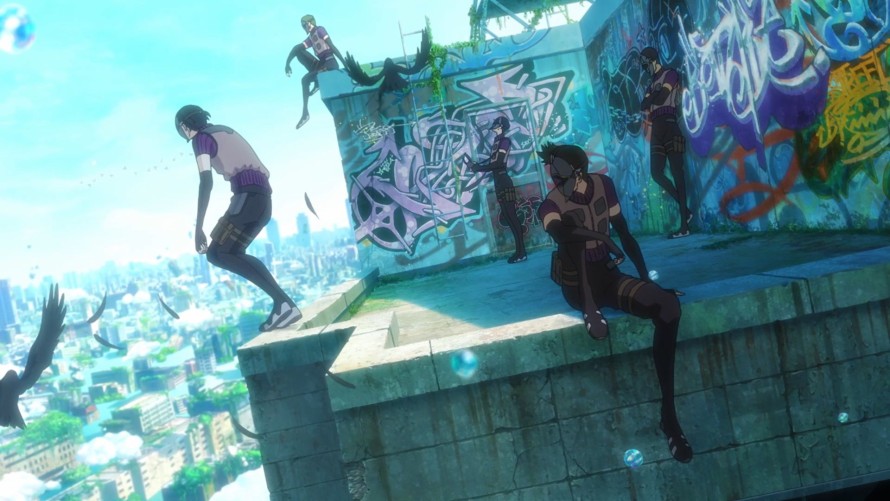
Bubble by Tetsurō Araki
“One of the most important lessons from Berlinale Generation is: never underestimate the young audience!” – that’s a nice statement!
And it’s true! Young people have the power to move mountains. And good films, like those presented in Generation, can inspire this power. When young people are confronted with adversity, they often prove to be much more resilient than we adults might think – in films as well as in real life. Young viewers are open-minded and extremely astute in their reactions to the films screened in Generation. Of course, they also bring their own experiences and viewing habits into the cinema, but they’re not as set in their ways or as weighed down by preconceptions as adult audiences. They identify with their onscreen peers, but they also have the ability to perceive them with a critical gaze and a lot of empathy. That’s also the case with films in which children are no longer allowed to be children for various reasons or have to take on responsibility at an early age and skip the “normal” process growing up. Young viewers are also great at joining the dots and engaging with open endings – they continue visualising a film and its story, and discuss how it actually turns out for them. Their idiosyncratic ways of perceiving and their feedback on the films are usually very enlightening for the filmmakers in Generation who haven’t always made their films specifically for a young audience. As responsible adults, we should listen to young people more, and better - and we should never underestimate them!
What do you look out for during the film selection process?
In both the fictional and non-fictional works, I pay a lot of attention to how much respect is shown to the young protagonists in the films. What insights are we given into their young souls? How close do the filmmakers get to the young protagonists’ truths, and by what means? Do the filmmakers sufficiently acknowledge the fact that these young people are the actual resources they are using to make their films? That the children are the subjects and not objects of observation? Do we get the feeling that the young protagonists are being shown in a bad light?
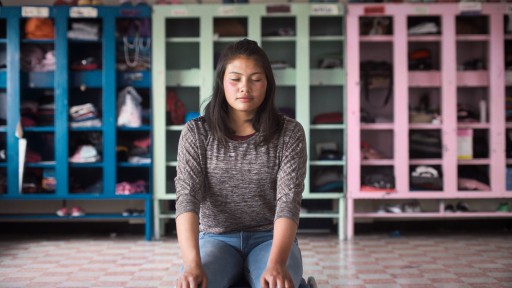
Alis by Clare Weiskopf, Nicolás van Hemelryck
In Alis, a documentary feature from Colombia, an enabling device was explored to create a cinematic space for traumatised young women where they feel safe talk about themselves and their experiences. Together with the film-makers, the film’s protagonists - who all came from the streets and have been subject to emotional and physical violence - create a fictional roommate called Alis whom they can project themselves onto. Another impressive film is Skhema (Scheme) from Kazakhstan. It is a very profound film – about a schoolgirl who, in the nouveau riche setting of post-Soviet Almaty, slips into prostitution and the drug scene. The film takes the perspective of the girl: it often only shows snippets of detail and is jumpy in its editing and pacing. Its form echoes the unpredictable emotionality of being a teenager. In this way, form and content come together uniquely – something I also pay attention to during the selection process.
In the long-term observational documentary from Germany, , a charismatic young protagonist is given the opportunity to present himself. Over ten years, the directing duo accompanied Kalle on his trips through his neighbourhood: a concrete housing estate on the outskirts of Berlin. Despite all the vicious circles and lack of opportunities, the viewer firmly believes that Kalle – a gifted rapper who longs for stability and to start a family of his own – will eventually get his act together.
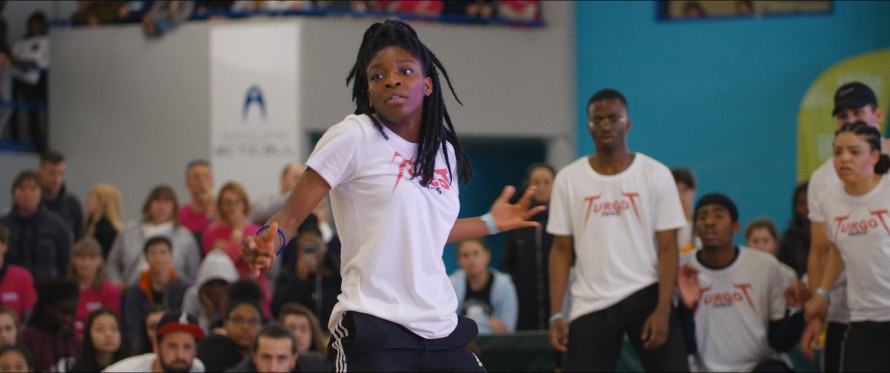
Allons enfants (Rookies) by Thierry Demaizière, Alban Teurlai
Many of the Generation films are characterised by a strong physicality. One of the headlines for your programme is “Let’s Dance”.
When emotions are turbulent and words fail, movement is the best alternative form of expression. For example, in Allons Enfants (Rookies), the 14plus opening film, which almost exclusively consists of dancing – to different beats and rhythms. The young protagonists push themselves beyond their limits, working on their moves to the point of exhaustion. Their dance training at a Paris dance academy gives them access to their own inner worlds and personal histories, which they express through their unique styles of movement.
Thus, movement, dance and music are at the heart of the short and feature film selection at this year’s edition: in compositions and improvisations, choreographed pieces, participatory, fully immersive or observational moments - sometimes loud and wild, excessive, sometimes quiet and meditative, a lullaby. Planned or unplanned, professional or amateurish - it doesn’t really matter, it’s the spirit that counts. Whether dancing away the blues or rapping into identity, singing, making music alone or with others, self-expression through poetry, parkour, ice-skating, roller-skating, skateboarding, everything is allowed and in flow, everything is emerging, all are permitted to take centre stage - in Allons Enfants, Beba, Kind Hearts, Sublime, Tytöt Tytöt Tytöt (Girl Picture), Kalle Kosmonaut, Comedy Queen, Shabu, Una aprendiz invisible (An Invisible Apprentice), Čuči čuči (Hush, Hush Little Bear), Nada para ver aqui (Nothing to See Here), Funkele, Lay Me by the Shore, La fièvre, Aos dezasseis (At Sixteen), West by God and the dynamic Japanese Anime Bubbles. During the pandemic, music and movement can build bridges – not only for the protagonists but also for viewers of all ages so we can escape our social-distancing stasis. Let’s dance!
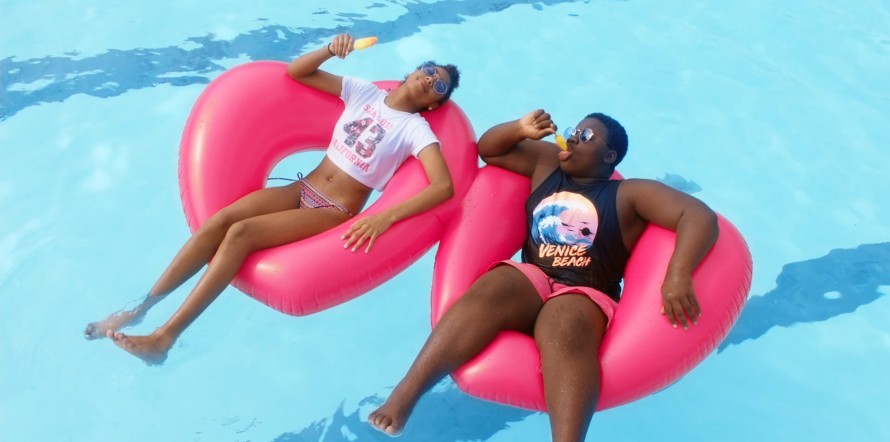
Shabu by Shamira Raphaëla
There is a vitality in the programme, but also a seriousness and large diversity in the content and the voices that have their say. This seems indicative to me of your selection of films. Did you pay special attention to this during the viewing process?
During the viewing stage, I seek advice from a non-homogenous group of highly alert and skilled selectors who make up Generation’s two selection committees. It’s a very close collaboration which takes a lot of time, we consider everything and don’t miss anything out. We view the films from different perspectives, exchange opinions, listen to each other and learn continuously. Ultimately, I make the final decisions for the entire Generation programme, but only after many discussions and considerations. Of course, Carlo Chatrian joins us in discussing the final selection, which is a great inspiration for the process. As the selection evolves, we don’t look for diversity per se in the films – it emerges naturally! For me this is a healthy sign that the selection process is functioning well. In this edition, we’re screening films by BIPOC filmmakers that address #blacklivesmatter, such as the documentaries Beba and Shabu. And once again this year, almost 60 percent of the directors are women. Intersectional perspectives are also very well represented.
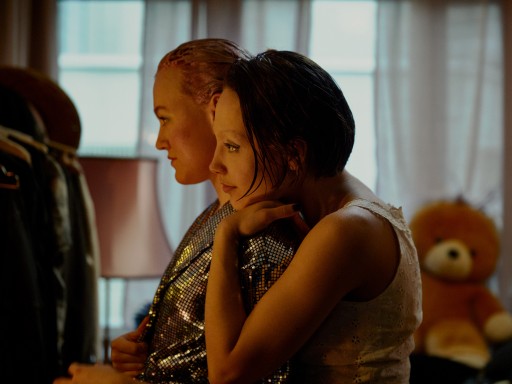
Eleonoora Kauhane and Aamu Milonoff in Tytöt tytöt tytöt (Girl Picture) by Alli Haapasalo
The diversity and idiosyncrasy of the young protagonists are central elements of all the films: ultimately, it’s their stories that are being told for the big screen. When you’re coming of age, you’re confronted with the question: Am I the same or am I different? And from that, very dramatic stories emerge. When the stories are being told through this young, authentic perspective, then many questions about identity automatically arise: Who am I? Where do I come from? What is my background? My future? Coming to terms with the rules within which you are growing up - this shapes the lives of young people all around the world. It’s all part of adolescence. Either you assimilate into the system, into the setting in which you’re growing up – and that can be family, politics, culture, the surroundings, a city or the countryside – or you put up some resistance. These are inexhaustible sources for narratives and for exciting cinema – full of vitality and seriousness, but also with a sense of humour and for what is beautiful – and thus exactly what we’re looking for in Generation.
There are a number of films in the selection in which LGBTQI+ characters play a role, but in which being queer is neither made an issue nor explicitly addressed. Does this reflect a kind of “normality” that’s being reflected upon in the stories?
When it comes to gender orientation, a story that addresses LGTBQI+ identities but doesn’t necessarily make them the central focus of the film can be very interesting for Generation. For example, in the Canadian short film Lay Me by the Shore, the main protagonist is a trans boy, but his gender identity doesn’t play a huge role in the story, he is simply who he is. Or in West by God, in which one of the protagonists is a young trans woman, but that isn’t discussed anywhere because the film’s not about that, it’s just about two people going on a date. And in Sublime, a teenager falls in love with his best friend and doesn’t know how to tell him – a sweet story full of longing and confusion, about the pains and joys of growing up. As common as such narratives are in the Generation selection, I wouldn’t go so far as to say that they depict a kind of “normality”. There are so many different levels on which gender diversity can be portrayed in all its colourfulness - and it’s important to keep questioning what exactly is shown and how. In addition, it’s the filmmakers’ choice whether to tell a gender-diverse story as a matter of course, or not – also in the knowledge that in the reality of many countries in the world, it is not a matter of course at all.
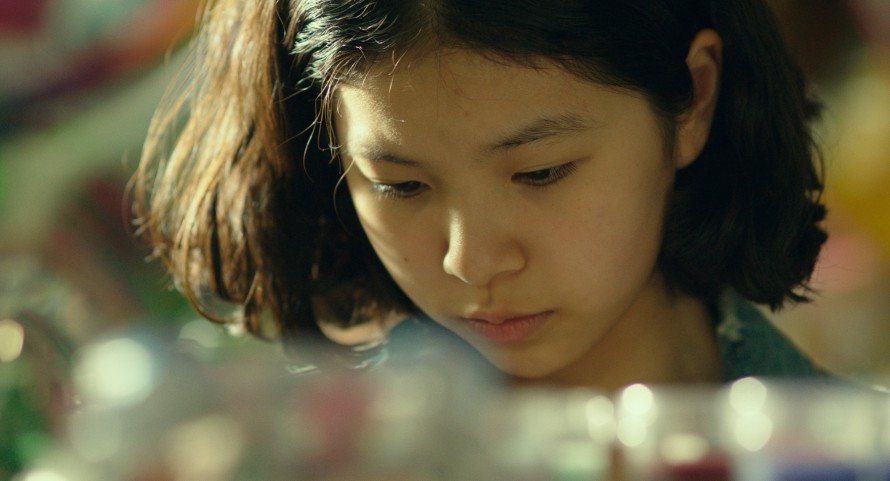
Moon Seung-a in Bimileui eondeok (The Hill of Secrets) by Lee Ji-eun
You have a lot of short films in your programme again this year after they had to be omitted last year due to the pandemic. What appeals to you about the short film?
I’m so glad the short films are back in the programme. I’ve always been fascinated by the endless possibilities of telling a story for the big screen in short form and I was blown away by the range we saw during the selection process! Each of the 28 short films we’ve selected is a gem. Each is explosive in a different way, offering a feast for the senses, a rollercoaster ride, a testament to the infinite nature of the imagination! A stylishly impressive work is, for example, Gavazn (Deer), an Iranian short film based on a true story experienced by the director. A boy dreams of the angel of death in the form of a stag and sets off to prevent it from getting too close to his sick brother. In Nada para ver aqui (Nothing to See Here), a short film from Portugal, there are no people to be seen, only skyscrapers and sky. A very graphically told, quite abstract film with a great soundtrack that challenges viewing habits. How am I watching, where am I looking? Nothing to see here – is there really nothing to see here?
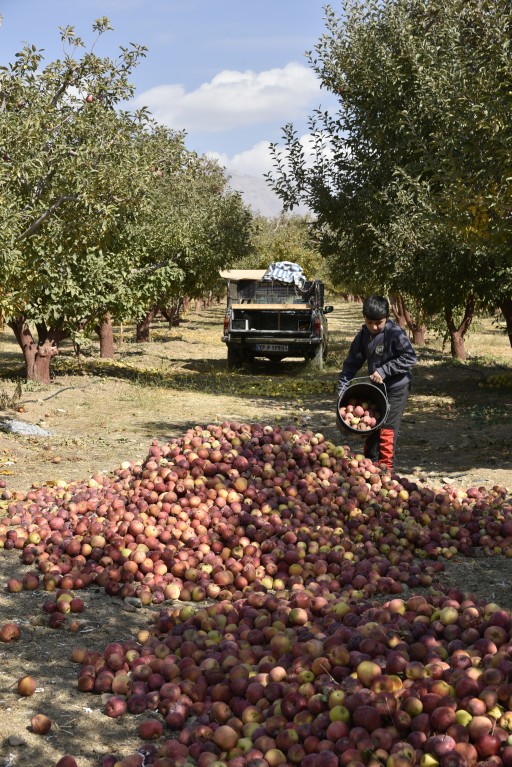
Arian Rastkar in Rooz-e sib (The Apple Day) by Mahmoud Ghaffari
Family relationships play an important role in many of the films. Have they perhaps become more important in the last two years – as an anchor point in rather uncertain times?
Family and relationships are central themes running through the entire selection. Comedy Queen is about a daughter who decides to do whatever it takes to make her father smile again. That’s why she wants to become a stand-up comedian. It’s a heart-breaking, very Swedish film. In the South Korean feature, Bimileui eondeok (The Hill of Secrets), the protagonist is embarrassed by her family and writes down all the ways they make her feel awkward as a competition entry. She wins the competition – but that means she would have to publish her text as part of the prize. My Small Land is about the complicated situation of a Kurdish-Turkish family who fled to Japan five years ago and who are now facing deportation. The Iranian film Rooze-e sib (The Apple Day) is also about sticking together and love: a family from the countryside has to move to the city and see how they can cope there. They face many adversities, but the family never gives up hope that things will get better. Stay Awake deals with what appears on the surface to be a rather dysfunctional family situation. It’s about two brothers doing their best to cope with their mother who is addicted to opioids. The director understands very well the mechanics of co-dependency and its effect on family members. The documentary Terykony (Boney Piles) accompanies children growing up in eastern Ukraine among the rubble of destroyed houses and stricken landscapes. The children are of course not responsible for the war; they know no other way of life. This sensitive depiction gives an insight into their souls, their trauma – their deep scars are laid bare. The film in no way makes light of their situation, but at the same time everyone who watches it, can only hope that these children will be able to retain their remnants of resilience and zest for life for a long time to come – even after the film has ended.